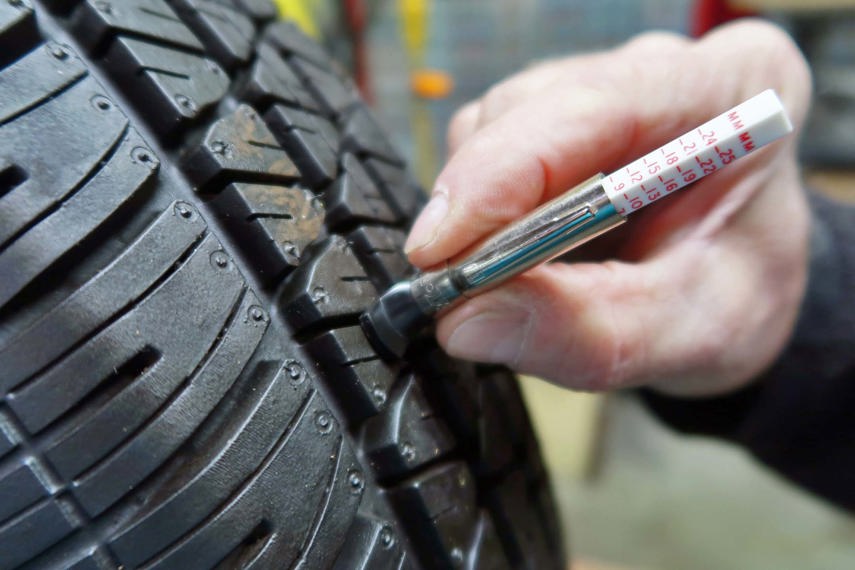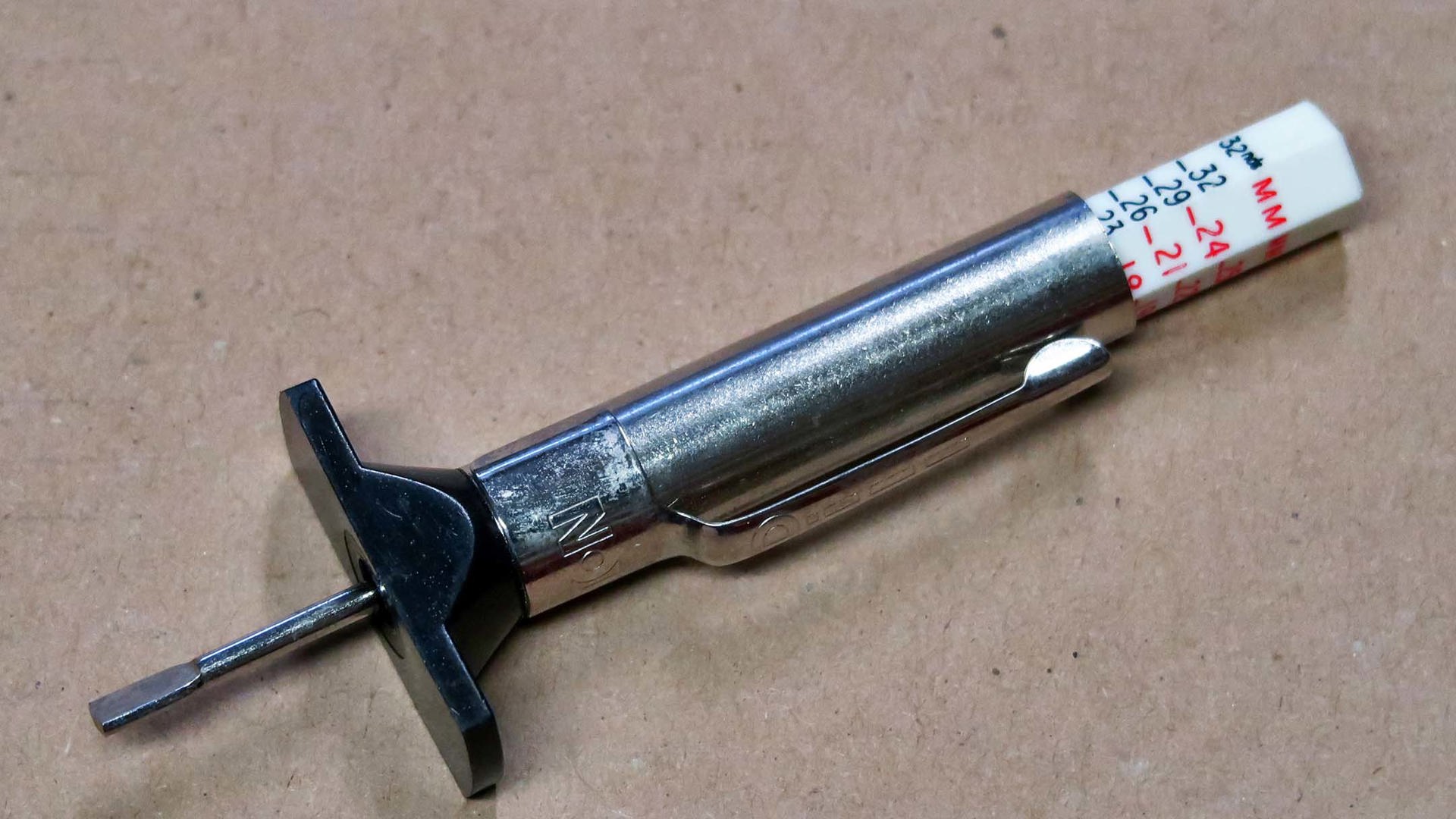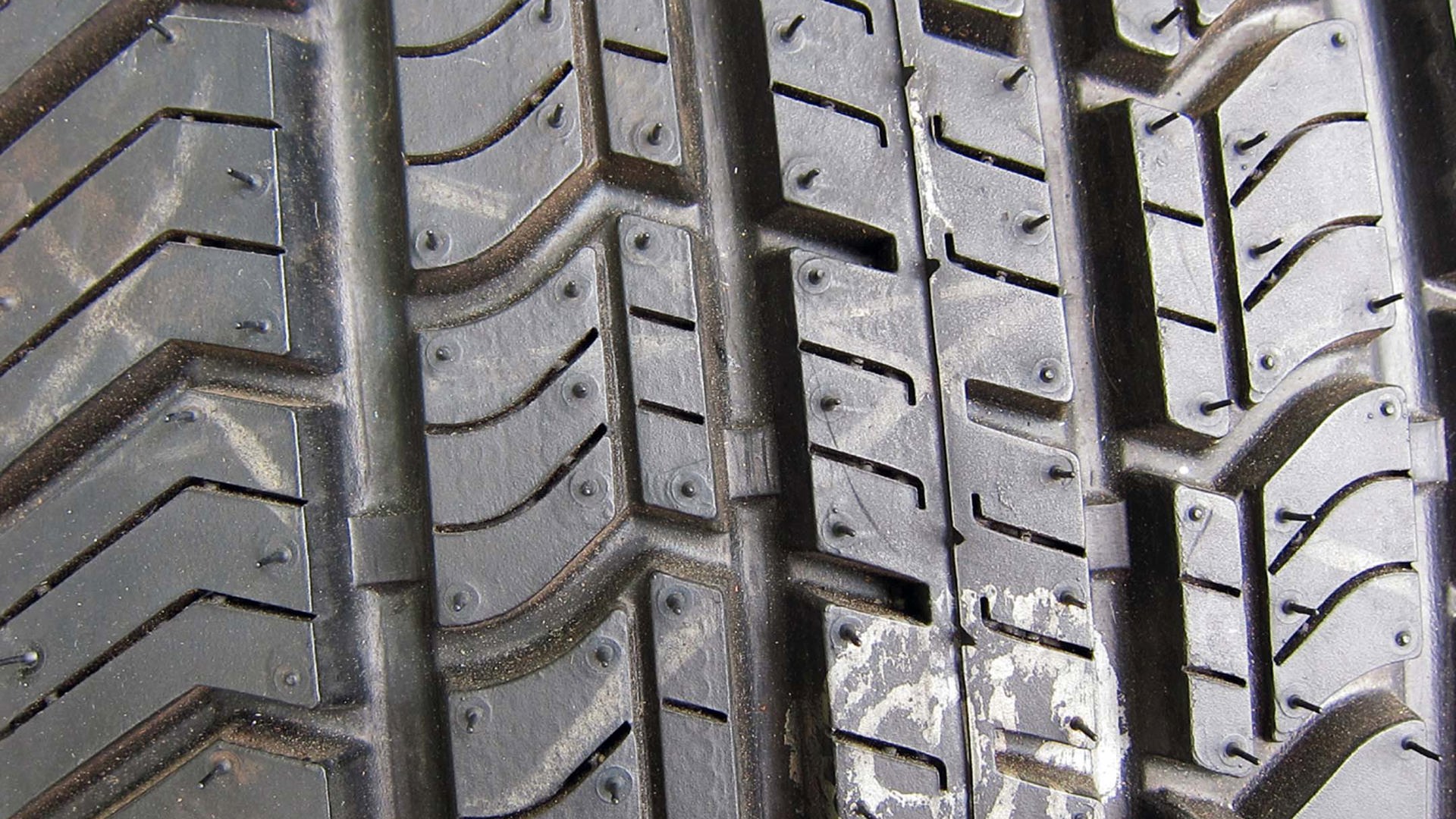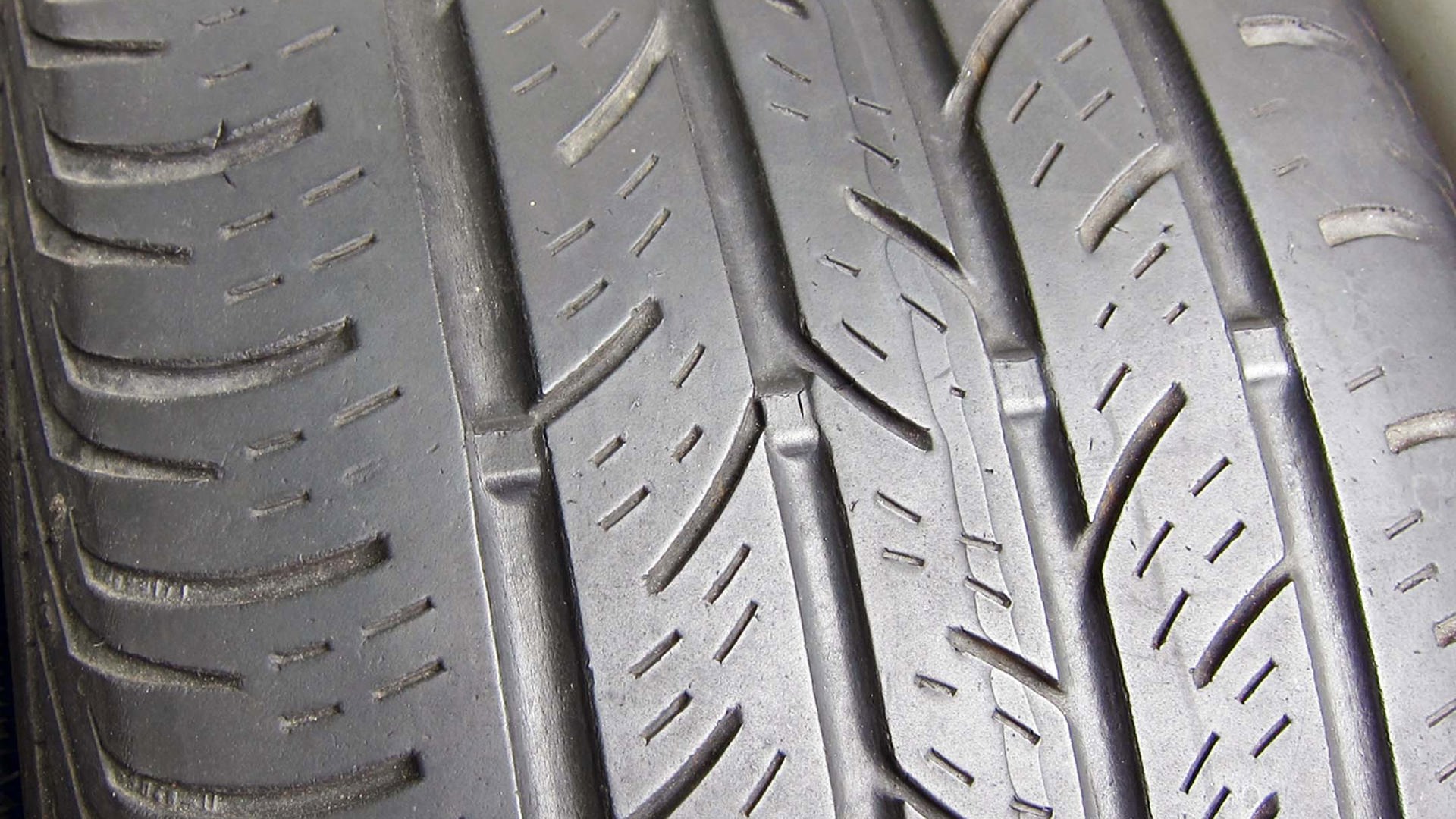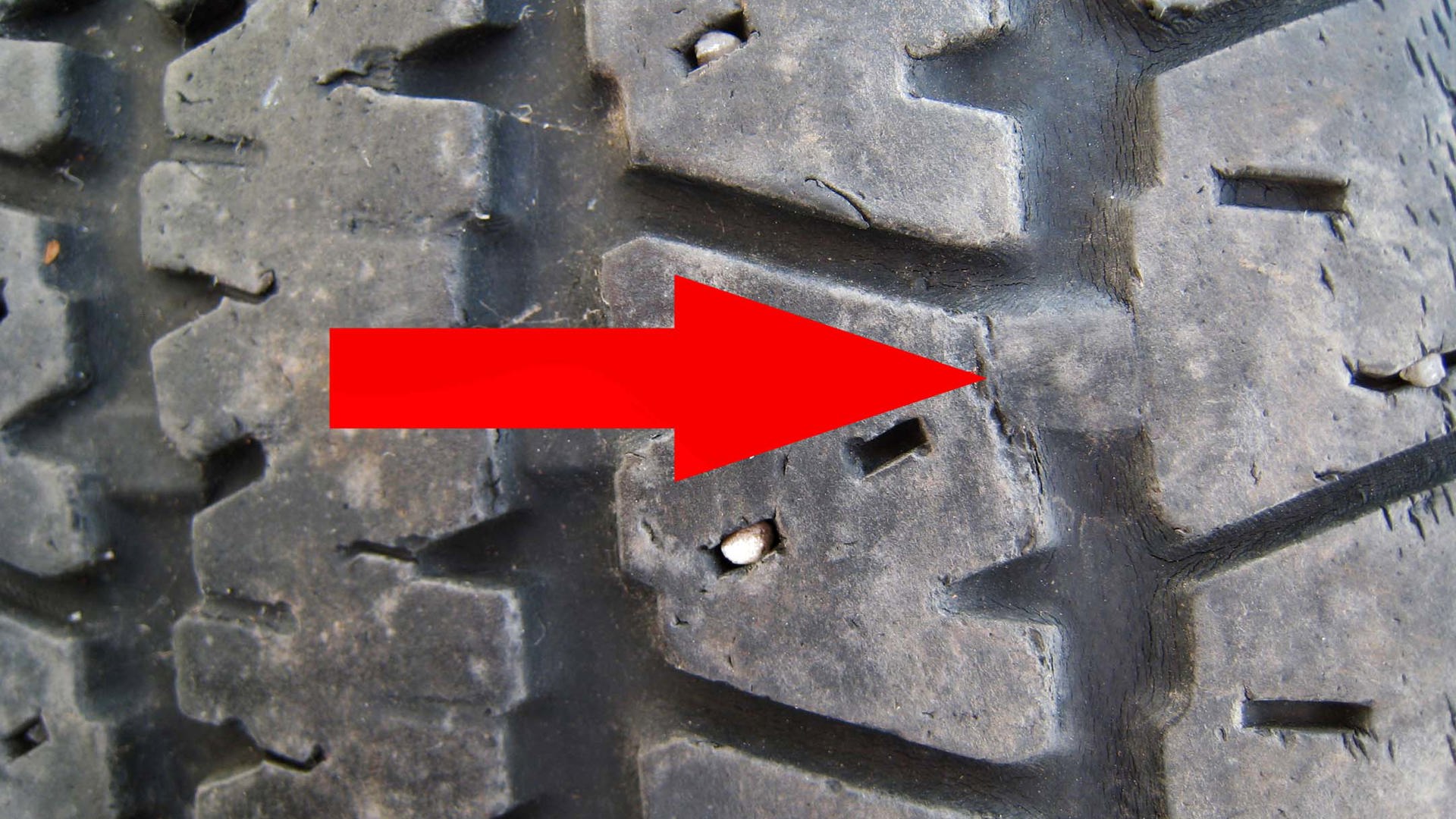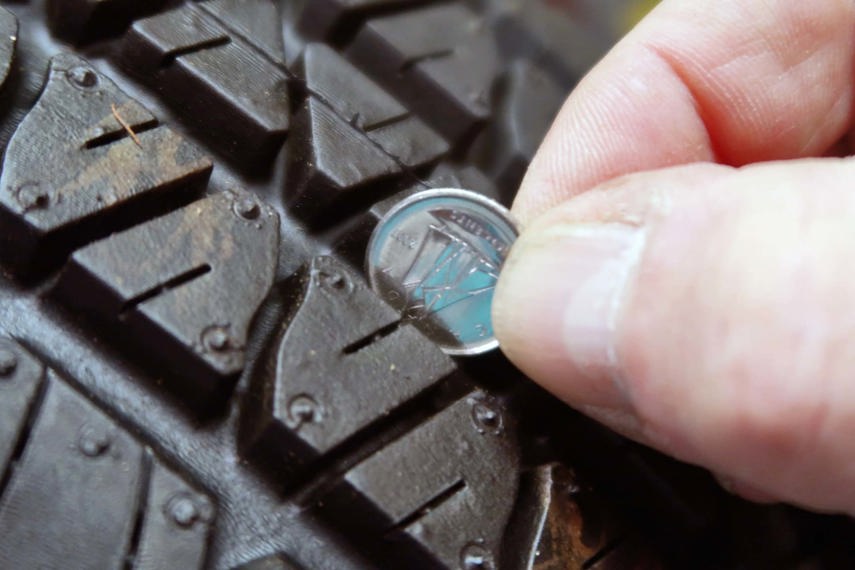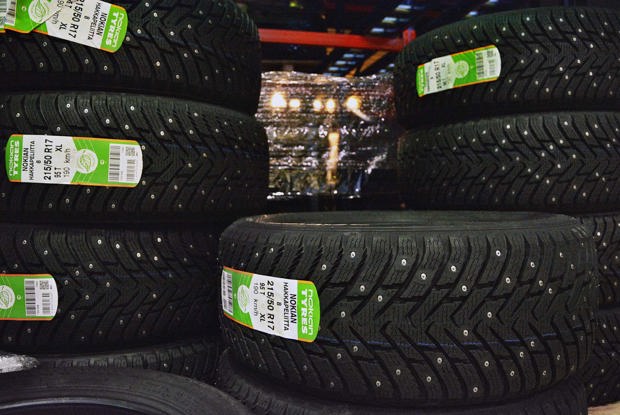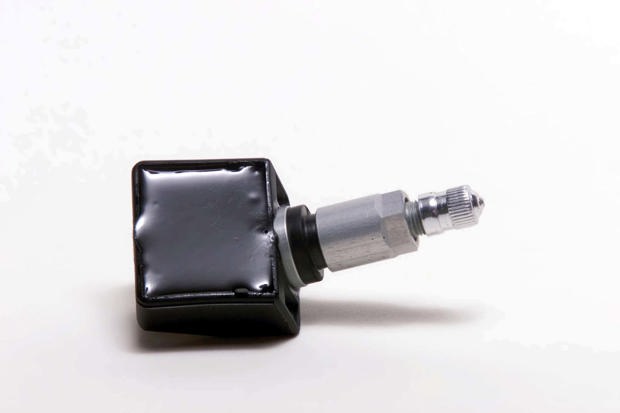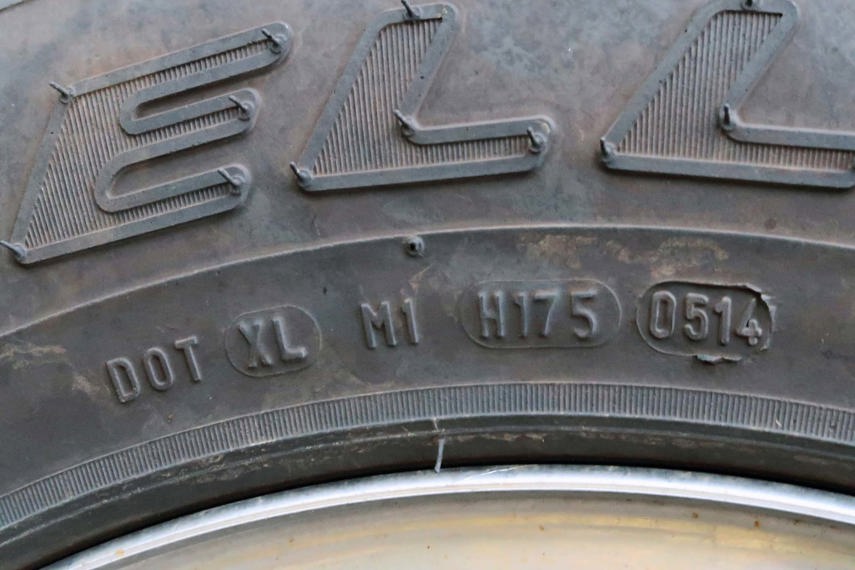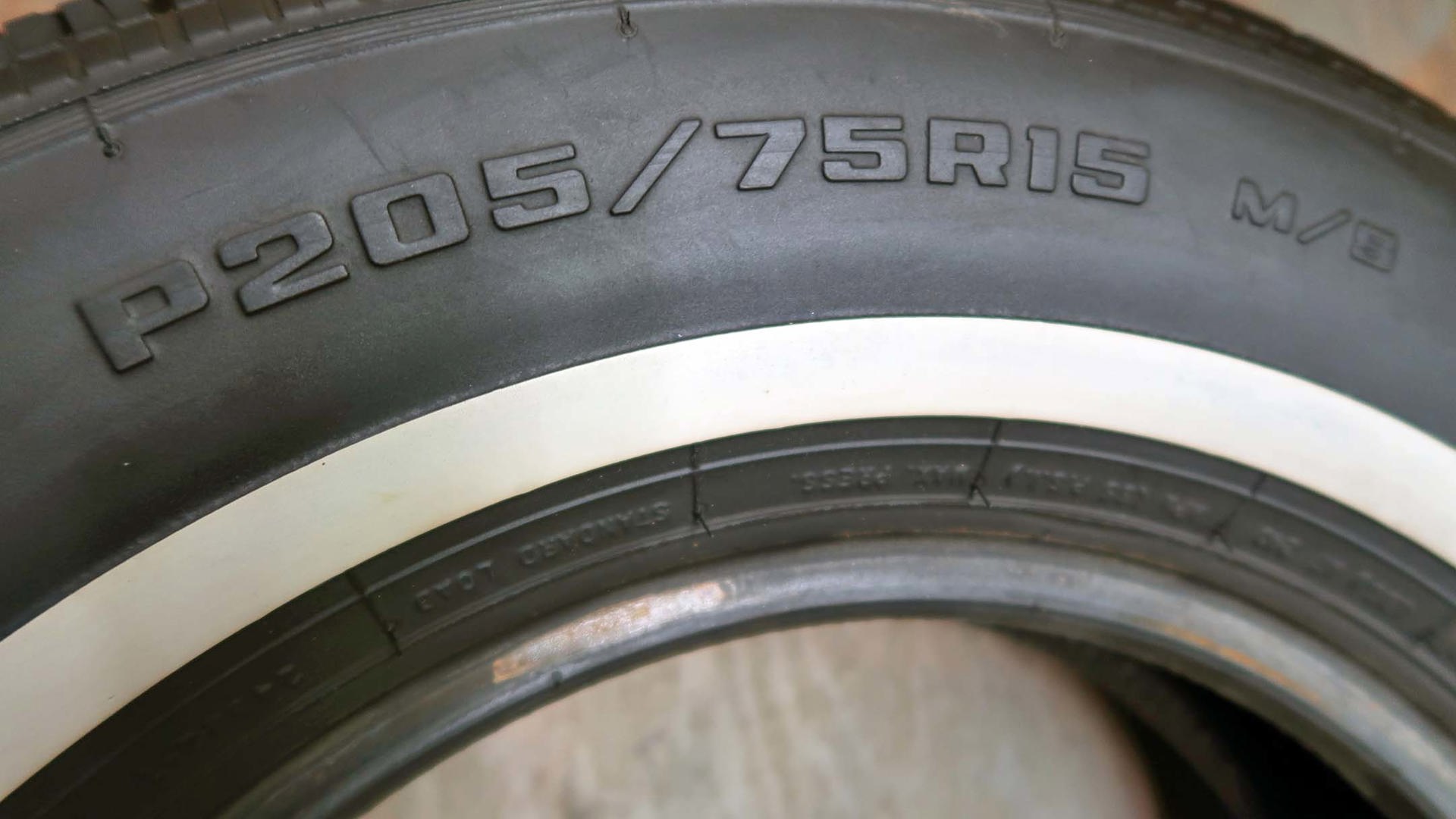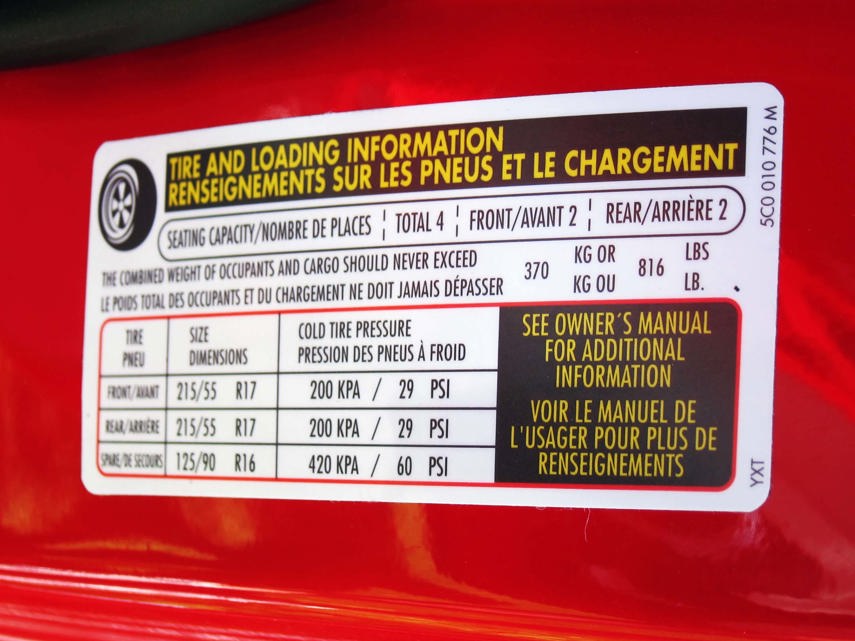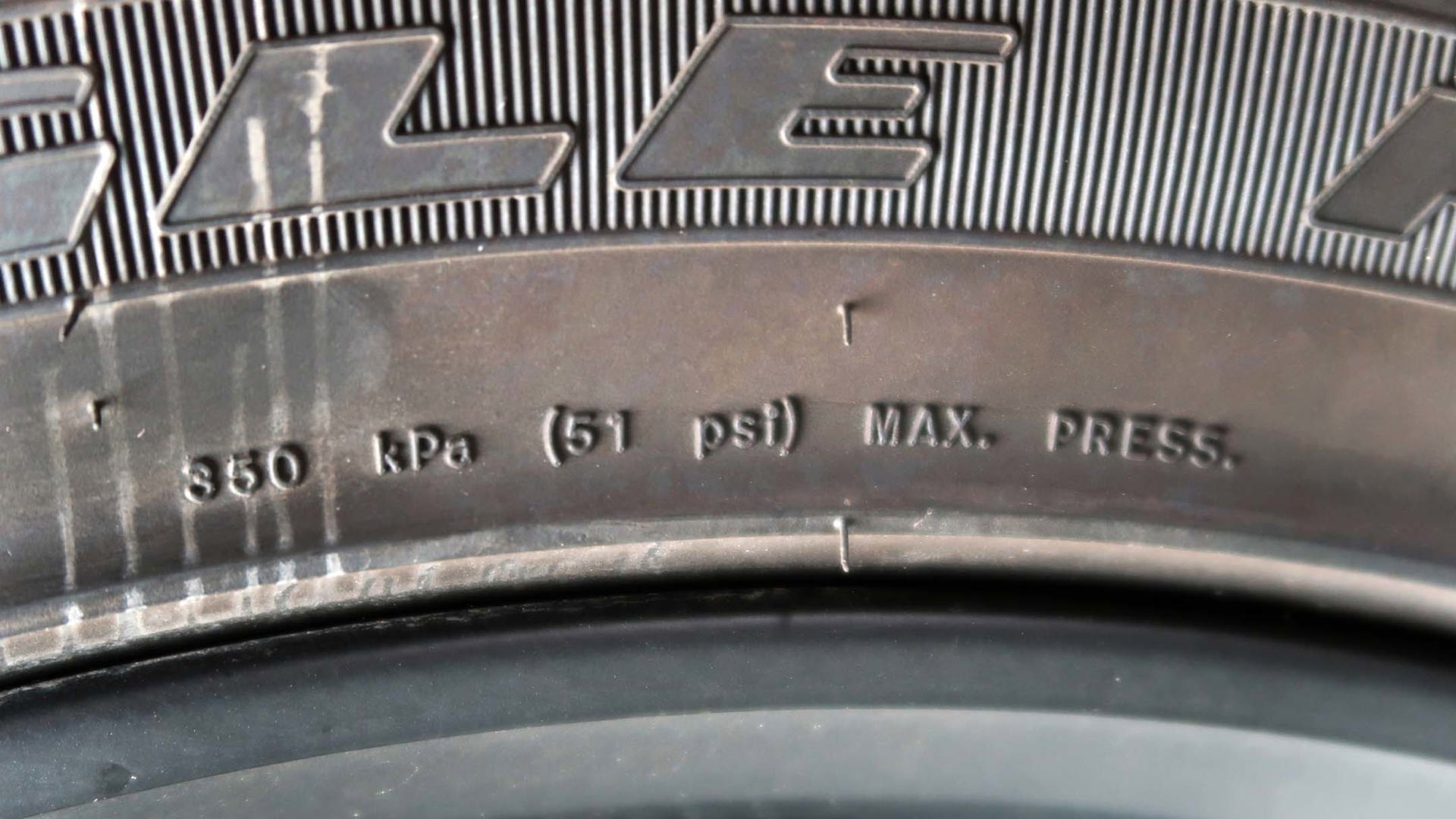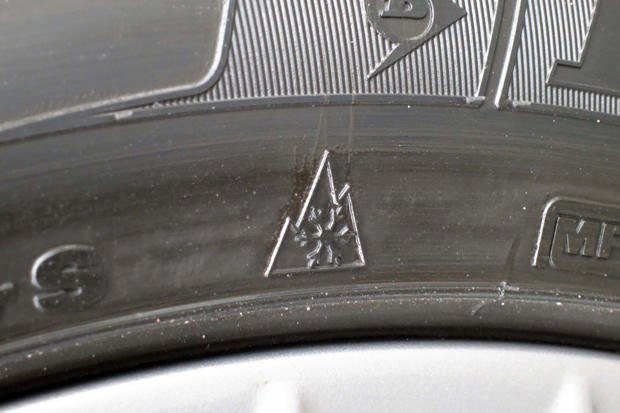Hands up, who likes buying tires? Thought so. No one does, and who would? They’re a grudge purchase – something you buy because you need them, not because you want them. And there’s a lot to know if you’re going to get the right tires at the right price. We have answers to some of your questions.
How do I know I need new tires?
You need new tires whenever the tread becomes too worn. There are a few ways to tell when you’ve reached that point.
Use a depth gauge
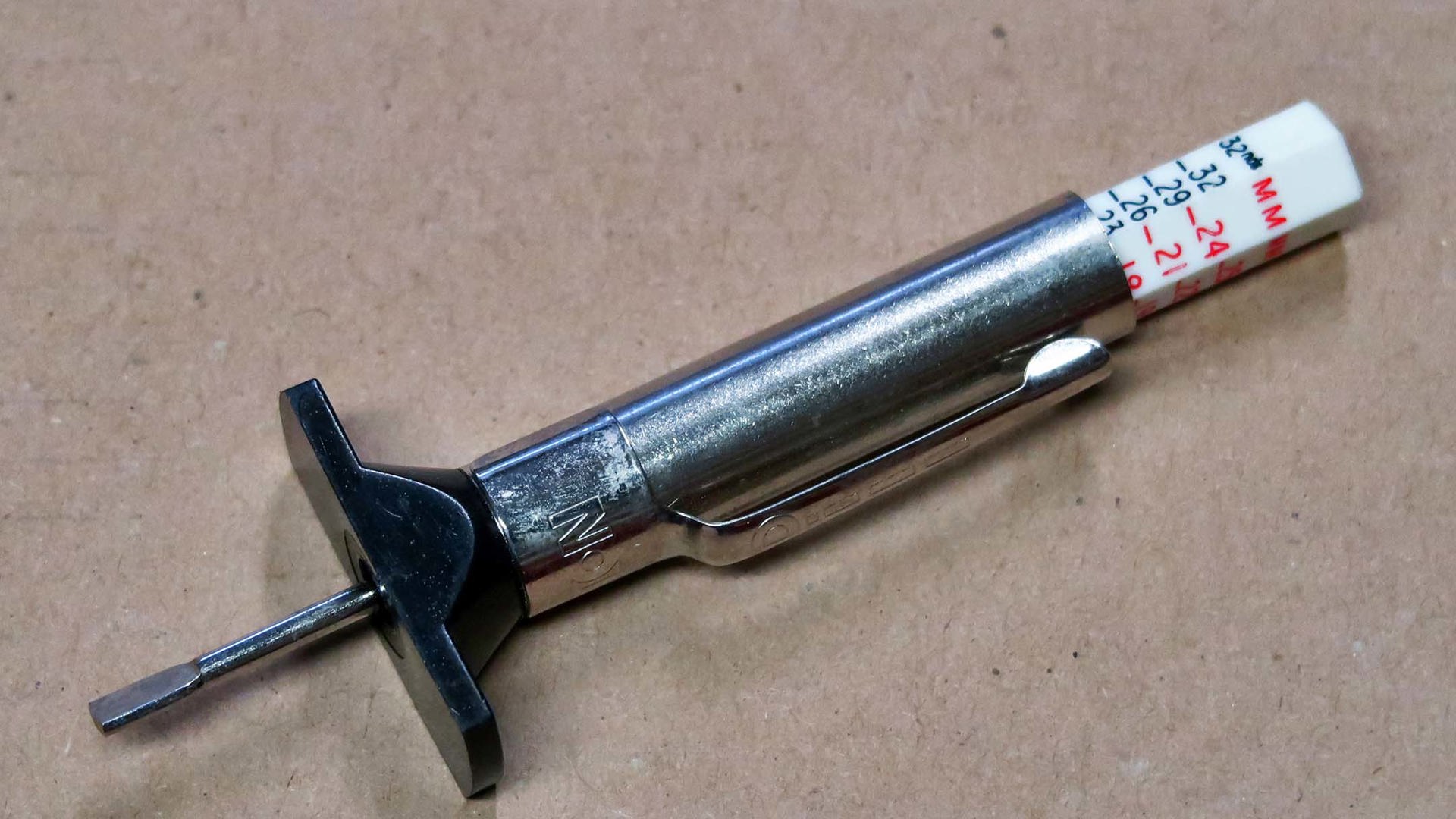
These inexpensive gadgets can be purchased at any auto-parts store, and they’re the most accurate way to check. Push the top of the measuring portion all the way in. Put the probe into one of the main grooves, and press the gauge down all the way. Read the number: 3/32 (or 3 millimetres) means it’s time to shop around, while 2/32 (1 millimetre or less) is an unsafe tire. Take several readings at different spots around the tire, and go by the lowest measurement.
Look for the wear bars

These are rubber bars that run across the tire between the blocks of tread. On a new tire, they’re very hard to see. As the tread wears, the bars become more obvious. When they’re close to or matching the tread, it’s time for new rubber.
Do the “Bluenose test”
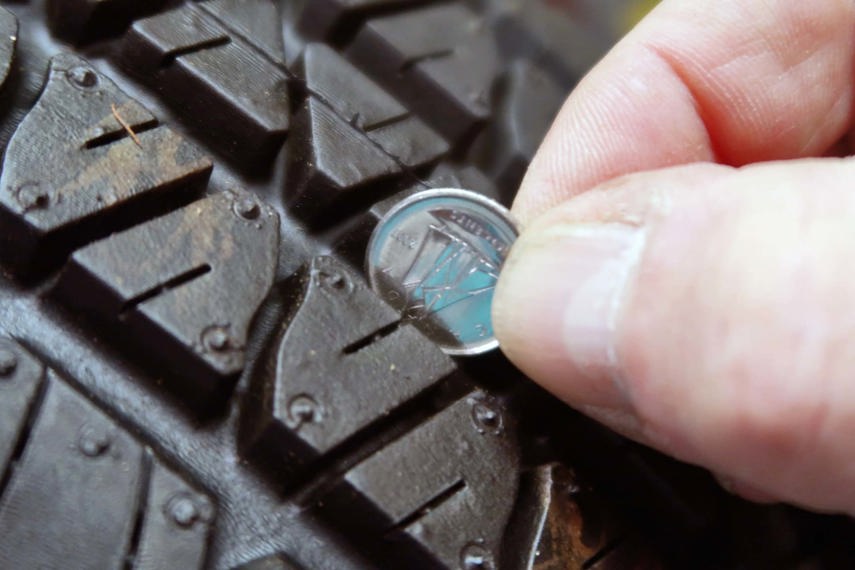
Put a Canadian dime in the tire groove, with the Bluenose ship upside-down. If you can see all of the sails, you need new tires.
In addition to tread wear, you should also start shopping if your tires develop cracks or bulges on the sidewall, if the tread is wearing unevenly, if the ride seems rough or vibrating, or if they’re getting too old (see below!).
Where should I buy my tires?
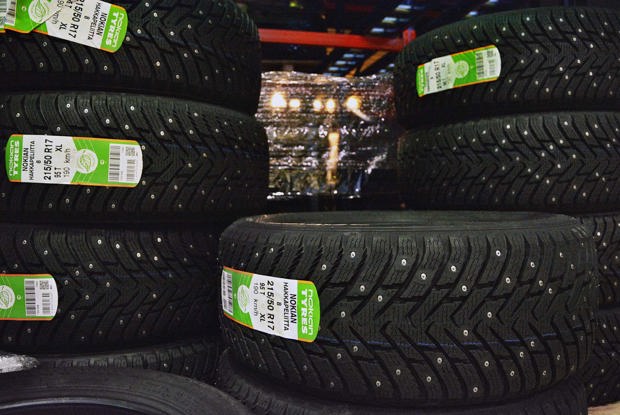
You have several options, each with pros and cons.
Tire stores
These will have the best selection and, usually, the most knowledgeable staff, but they may not be able to match the big-box store prices. At those stores, such as Walmart or Costco, you might have to order and wait for unusually sized tires to come in if your vehicle requires them, while busy staff might be more interested in quick sales than answering tough questions.
Online
This comes with its own list of naughty-or-nice. On the plus side, prices are usually the lowest of all, and you can conveniently shop and compare at home. You can cross-check each tire’s performance with online reviews. Odd sizes and brand selection shouldn’t be a problem. You can punch in your car’s make, model, and year to see a full range of tires that will fit (provided you’re using the stock wheel size), and most provide a toll-free number where you can talk to someone if you have questions.
The negatives? If you’re looking at the scrumptiously low prices on a US site, don’t forget to add the currency exchange – on the tires and any shipping charges – as well as any duty you’ll have to pay. You’ll have to get the tires installed, so you’ll either have to ship to a nearby shop, or have them sent to your house to lug them over there yourself. You need to factor in the cost of installation, as well as peripherals such as valve stems or wheel weights, which might cost less or even be included if you buy your tires at the store. Also, be sure you clearly understand the site’s return policy if you have to send back a tire for any reason.
Why is there such a wide price range?

They all look just round and black, but tires can vary considerably, and for the most part, the price reflects that. Better materials cost more, but can improve the tire’s grip and performance, and potentially lengthen the tread life. Bigger tires are usually costlier, while oddly sized ones can be expensive because they’re not made in large volumes. Run-flat or self-sealing tires have extra components in them.
Where they’re made can affect the price, although China – which primarily supplied bottom-of-the-barrel tires in the past – is now turning out some very good ones for well-known manufacturers. And as with any engineered product, the cost includes the company’s research and development. The highest price doesn’t always guarantee the very best tire, but you’ll get better performance out of a premium-brand tire, versus a “no-name” one.
Will my tire pressure monitoring system (TPMS) still work if I get new tires?
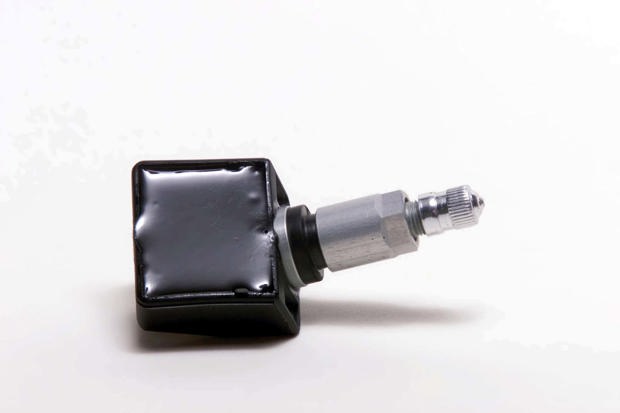
It depends. Most monitoring systems use a pressure sensor that’s part of the tire valve. If you’re putting new tires on your existing rims, the technician will reuse the sensor. That said, the integrated valve stems can become corroded and easy to break if care isn’t taken when removing them.
If you’re getting a secondary set of wheels to mount your winter tires separately, your TPMS won’t work unless you also have a set of sensors installed in them – and they can be pricey.
How do I know if I’m getting “new” tires?
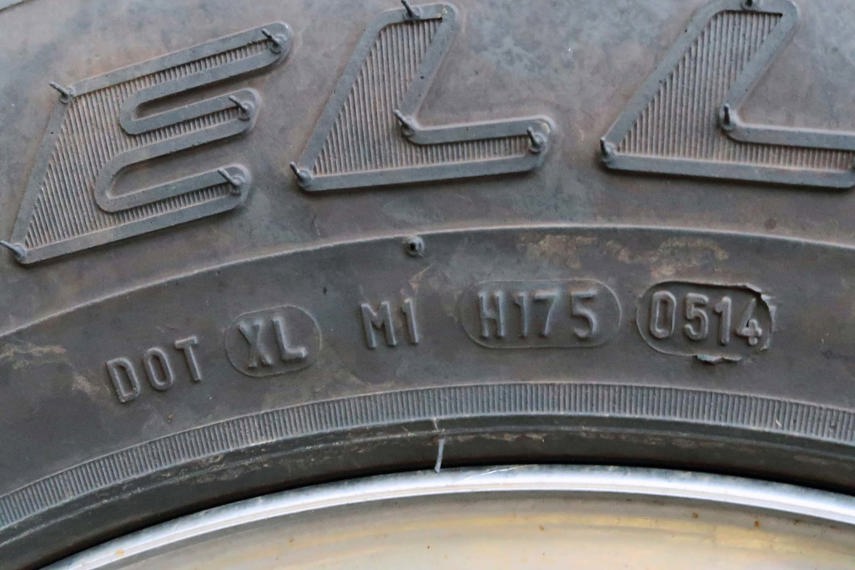
Stores are supposed to keep their stock up-to-date, but tires can sometimes get stockpiled. Rubber and age don’t mix, and the general recommendation is no more than five to seven years, whether it’s on the vehicle or in storage all that time (some say six to ten, but much also depends on how the tire was stored). And that’s in total, so if you buy a “new” tire that’s already three years old, well….
Luckily, tires announce their birthdays. Look on the sidewall for a series of letters and numbers beginning with DOT. (You may have to turn the tire over; virtually all of them put this only on one side.)
The final four-digit number indicates the week and year the tire was made: 0514, for example, means the fifth week of 2014. If there are only three numbers, the tire was made prior to 2000 and should either go to the recycler, or tied to your tree for a swing.
What’s all that other stuff on the sidewall?
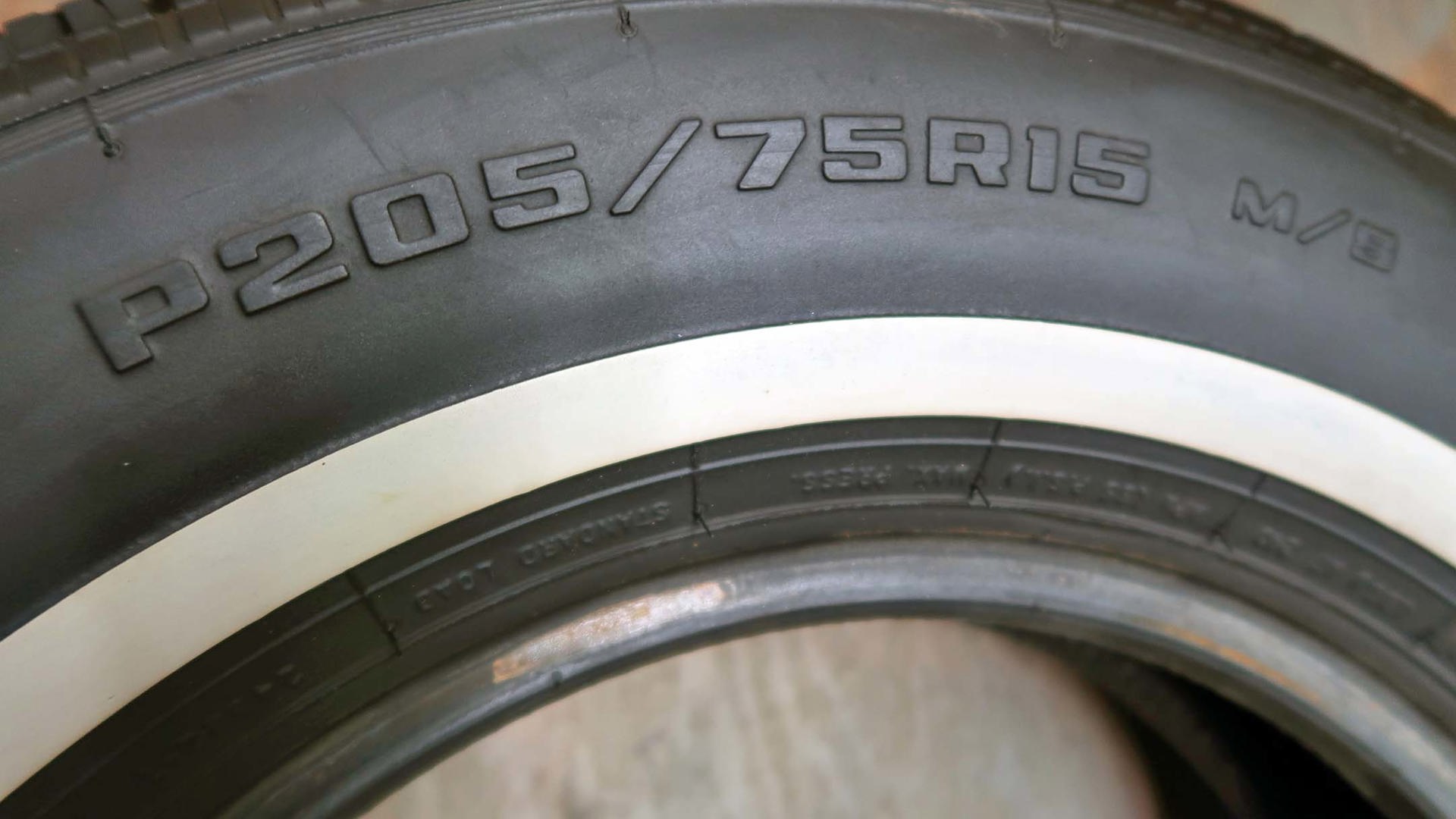
The tire has a lot to say, although much of it is required for regulations and isn’t a concern to consumers. Among the most prominent information that applies to you, besides the tire’s brand and name, is its size – a mishmash of Imperial, metric and fractions (what were those guys smoking when they came up with that?). A tire that’s P205/75R15, for example, is first telling you it’s a P-metric (passenger-car) tire. Light truck tires are LT, while if there’s no letter, it’s a Euro-metric car tire. These designations use formulas to determine how much load the tire can safely carry.
The 205 means the tire is 205 millimetres wide across the tread. The 75 is the height of the sidewall and is the percentage of the width – in this case, the sidewall is 75 per cent of 205 mm, at 154 mm tall. The “R” means it’s a radial tire, while 15 is the inside diameter of the wheel in inches, meant to fit a 15-inch wheel.
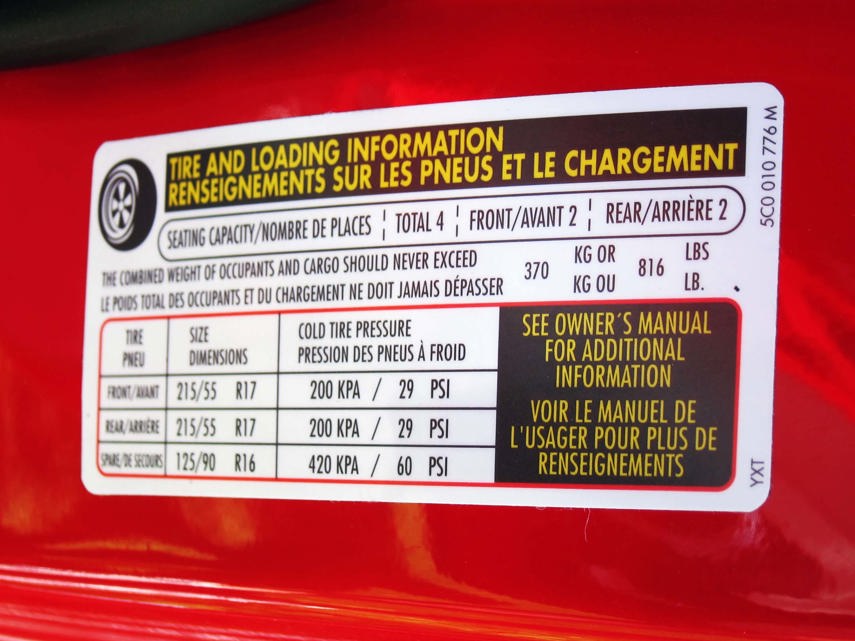
There’s a maximum pressure rating, but this is the most air the tire can hold, not how much you should put in it. The recommended pressure is on a placard, located in the driver’s door jamb, the glovebox door, or on some vehicles, inside the gas filler door.
A logo of a three-peaked mountain and snowflake means it’s a winter-specific tire. M+S or “Mud and Snow” means it’s better in mud or light snow than a summer tire, but it’s not a true winter tire. “A/S” means all-season.
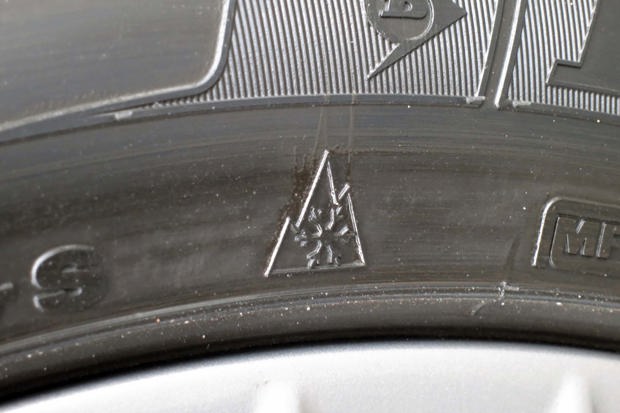
What about warranties?
Just as with cars, tire warranties can vary by manufacturer – and some tire stores may add their own. They may also differ according to the tire type, such as winter or performance. All will carry a warranty covering manufacturing defects, for a specified period of time. Other warranties can include road hazard (such as nail punctures) and tread life.
Of course, there is always the fine print. What the warranty doesn’t cover is often more important than what it does. Also check for any conditions needed to keep the warranty valid, such as proof you rotated the tires on schedule.
Extra-charge warranties, just as on cars, are basically an insurance program. You’ll be happy if you need it, but it’s money wasted if you don’t. And always remember: companies wouldn’t offer extended warranties if they didn’t turn a profit.
As with cars, tires can sometimes be subject to recalls. When you buy new tires, register them with the tire manufacturer (you can do it online). If there is a recall, you’ll get a notification mailed directly to you. Don’t forget to update it if you move – as with everything associated with tires, safety is always first.
